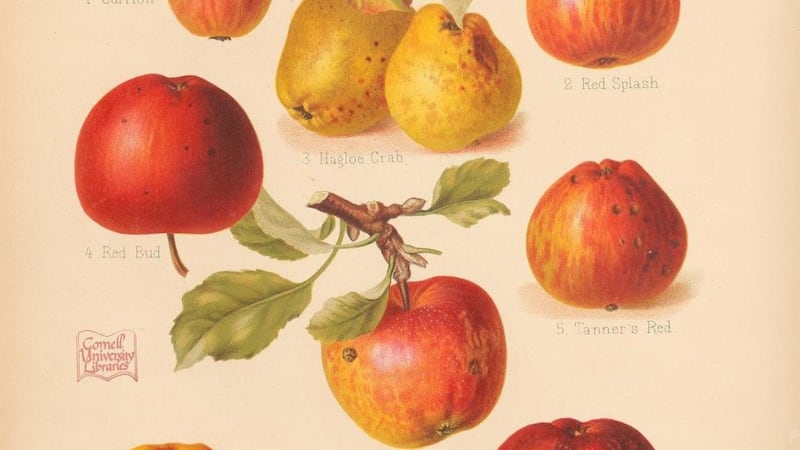Today is the Nones of March, a date we never hear much about, although in the eccentric calendar system of ancient Rome it was one of three points from which everything else was calculated. The "kalends" were the first of every month, the "ides" were around the middle, and the "nones" were nine days before the ides. In March, the ides fell on the 15th, as did Julius Caesar, hence the notoriety of that date ever since.
Mind you, if religious historians can be believed, March is a dangerous month in general. I've been reminded of this while reading a book about Pontius Pilate, Pilate: The Biography of An Invented Man by Ann Wroe, which quotes the confident calculations of one Bible scholar, St Thomas More, as follows: "Adam was created and fell into sin in the month of March, on Friday the sixth day of the week and at the sixth hour of the day, and Christ chose to suffer on the day in March on which his coming was announced and on which he was put to death – the sixth day, Friday, at the sixth hour."
Biblical chronologists used to believe that Adam and Eve were expelled from the Garden of Eden on a March 17th, which was also thought to be the date on which Noah’s Ark sailed.

However fanciful those ideas seem now, they call into question the timing of Ireland’s national holiday and may also explain some of the weather with which the event has been traditionally afflicted.
***
Among the smaller revelations of Wroe’s book, although obvious when you think about it, is that Pilate’s surname would have had three syllables in Latin, not the two we give him. The name also reveals one of the few things that can be known with any certainty about him, because the title “Pilatus” was applied to skilled javelin throwers.
Next to being able to use a sword and shield, throwing the “pilum” was the Roman soldier’s most important skill, and the Samnites – a tribe of southern peasants from which Pilate descended – were especially noted for it, although it may have been his father rather than he who earned the name.
The idea strikes me – pilum-like – that it could be partly thanks to the infamous hand-washer of Judea we have the modern exercise regimen known as pilates. The latter is named after its founder, a German of Greek parentage who developed it while incarcerated in a British internment camp during the First world war.
Joseph Pilates was the classic sickly child who turned himself, Charles Atlas-style, into a hyper-fit macho man. His name may have been a motivation. At school he was teased as the "killer of Jesus".
***
Wroe also reminds me that the Book of Genesis does not say anywhere it was an apple Adam and Eve ate. Some scholars think it more likely to have been a fig (which would explain the improvised underwear the couple wore afterwards).
Pomegranates and green plantains have also been mentioned in the list of suspected fruits.
But as Wroe says, none of those have the apple’s allure. Its very name in Latin, malem, means “the bad thing”. And mythology is full of stories about people lusting after it, from Hercules searching for the golden apples of the Hesperides to a vengeful Eris throwing the apple of discord among guests at a wedding.
In more recent times, the Hesperides were relocated to Inniskeen by my fellow county man Patrick Kavanagh: "It was the garden of the golden apples,/And when the Carrick train went by we knew,/That we could never die till something happened/Like wishing for a fruit that never grew."
All of which brings me back, yet again, to the saga of the semi-legendary Cackagay/Cackagee/Cockagee apple, about which I have been writing all week. For on top of the news that Slane cider farmer Mark Jenkinson believes he is cultivating it again, there come more glad tidings from next door to Kavanagh Country, in the Hesperidean orchards of Armagh.
I'm told by Newry reader Kieran Shields that the "goosecack" apple, as he calls it, has also been successfully bred in the Agri-Food and Bio-sciences research orchard at Loughall.
Meanwhile, Mark has sent me a lovely 19th-century print of apples including the “Coccagee” (yet another variant spelling), pictured in its late-season red rather than the earlier khaki green from which it gets its infamous Irish name. And speaking of things Edenic, Mark mentions from his researches that, in 1798, four cockagee trees were included in a shipboard garden that left these islands on a mission to plant things other than prisoners in New South Wales.











